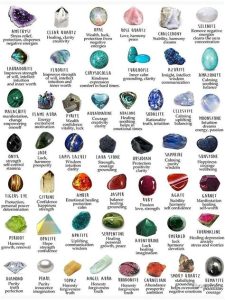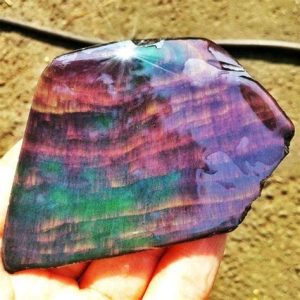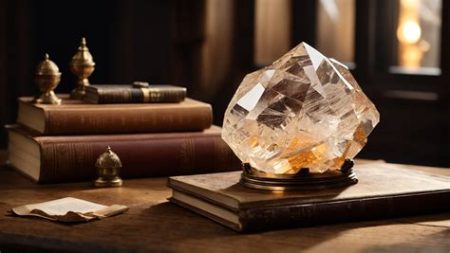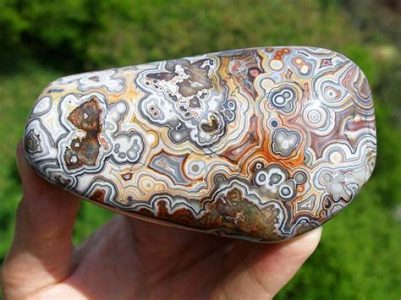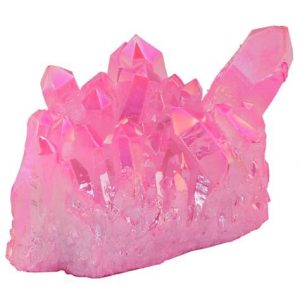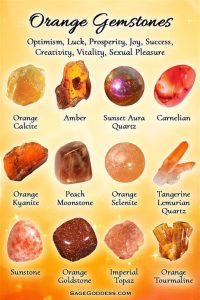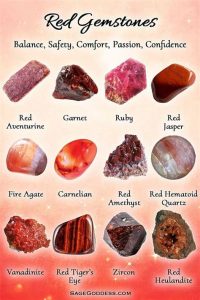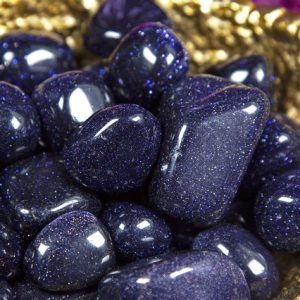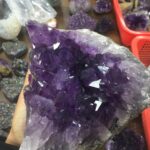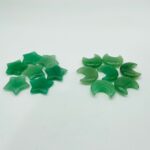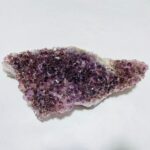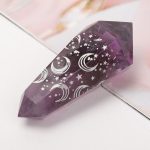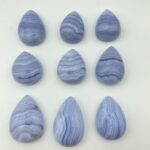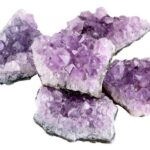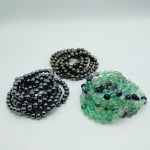Introduction
Labradorites, captivating gemstones renowned for their mesmerizing play of colors, have captivated hearts for centuries. Their unique iridescence, known as labradorescence, grants them a captivating, almost ethereal, allure. However, as we approach 2025, the labradorite industry is poised for significant transformations, shaping their role in our lives and the global marketplace.

Geological Origins and Formation
Labradorites belong to the feldspar group of minerals, specifically the plagioclase feldspar variety. Their characteristic iridescence arises from microscopic, parallel-aligned lamellae within the crystal structure. When light interacts with these lamellae, it undergoes refraction and interference, producing the vibrant, shimmering play of colors.
Types and Varieties
Labradorites exhibit a broad spectrum of colors, ranging from golden-yellow and green to deep blue and violet. The most notable varieties include:
- Spectrolite: A rare type of labradorite found only in Finland, displaying a vibrant array of colors, including red, blue, green, and yellow.
- Black Labradorite: A darker variety with a lustrous, almost metallic sheen.
- Sunstone: A golden-yellow labradorite containing copper inclusions, believed to bring warmth and optimism.
Metaphysical Beliefs and Symbolism
Throughout history, labradorites have been attributed with numerous metaphysical properties. In some cultures, they are believed to possess healing and protective powers, enhancing intuition and providing guidance during periods of change. Additionally, labradorites are often associated with:
- Transformation and self-discovery
- Inner wisdom and understanding
- Protection and grounding
Applications and Uses
The captivating beauty of labradorites has led to their widespread use in various applications:
- Jewelry: Labradorites are highly sought after for their unique appearance, being crafted into pendants, earrings, bracelets, and rings.
- Decorative objects: Their shimmering iridescence makes them ideal for decorative objects such as sculptures, vases, and tiles.
- Architectural elements: Labradorites have been used in flooring, countertops, and wall cladding, adding a touch of elegance and luminosity.
- Health and wellness: Some practitioners believe that labradorites possess healing properties and use them in energy healing and crystal therapy.
2025 Market Trends and Predictions
The global labradorite market is projected to experience significant growth in the coming years, driven by factors such as:
- Rising demand for gemstones: Increased awareness of the beauty and metaphysical properties of labradorites is driving demand for these gemstones.
- Expanding applications: The discovery of new applications, such as architectural elements and health and wellness products, is broadening the market.
- Sustainability concerns: Labradorites are a natural, ethically-sourced material that aligns with growing consumer demand for sustainable products.
Market Size and Segmentation:
| Year | Market Size (USD Billion) | Growth Rate (%) |
|---|---|---|
| 2021 | 2.5 | 6.7% |
| 2025 | 3.4 | 4.5% |
Key Market Segments:
- Jewelry: 55%
- Decorative objects: 25%
- Architectural elements: 15%
- Health and wellness: 5%
Labradorites VS Other Gemstones
When compared to other gemstones, labradorites offer unique advantages and characteristics:
- Iridescence: Labradorites possess a mesmerizing play of colors that few other gemstones can match.
- Affordability: Compared to precious gemstones like diamonds and emeralds, labradorites are relatively affordable, making them accessible to a wider range of consumers.
- Durability: Labradorites are relatively hard and durable, making them suitable for everyday wear and various applications.
Comparison Table:
| Feature | Labradorite | Other Gemstones |
|---|---|---|
| Iridescence | Exceptional | Rare or absent |
| Affordability | Moderate | High |
| Durability | Good | Varies |
Future Trends and Innovations
The future of the labradorite industry is expected to be shaped by several emerging trends and innovations:
- Sustainable sourcing: Consumers are increasingly demanding ethically-sourced gemstones, and the industry is responding by adopting sustainable mining practices.
- Laboratory-grown labradorites: Advances in technology may make it possible to create laboratory-grown labradorites, providing a more affordable and sustainable alternative.
- New applications: The discovery of new applications, such as in high-end electronics and medical devices, could further expand the market.
- Artificial intelligence (AI): AI can assist in the identification, grading, and pricing of labradorites, improving efficiency and transparency in the industry.
Customer Needs and Wants
Understanding customer needs and wants is crucial for the success of the labradorite industry in 2025:
- Authenticity and provenance: Customers value transparency and authenticity, demanding information about the origin and ethical sourcing of labradorites.
- Value for money: Consumers seek gemstones that offer good value for their investment, balancing affordability with quality and uniqueness.
- Environmental consciousness: Customers are increasingly environmentally conscious and prefer sustainable products, including ethically-sourced gemstones.
- Emotional connection: Many customers are drawn to labradorites for their metaphysical properties and emotional resonance.
Pros and Cons of Labradorites
Pros:
- Captivating iridescence
- Relative affordability
- Durability
- Metaphysical beliefs
Cons:
- Can be difficult to find in larger sizes
- Susceptible to chipping or breakage with rough handling
FAQs
1. Are labradorites rare?
– Labradorites are relatively common compared to precious gemstones but can be difficult to find in larger sizes with high-quality iridescence.
2. How can I distinguish a real labradorite from a fake?
– Real labradorites display genuine iridescence that changes with the angle of light, while fakes may have a painted or coated appearance.
3. What is the best way to care for labradorites?
– Labradorites are generally durable but should be handled with care to avoid chipping or breakage. Clean them with a soft cloth and lukewarm water, avoiding harsh chemicals.
4. Can labradorites lose their iridescence?
– The iridescence of labradorites is a natural property and does not typically fade over time, unless exposed to extreme heat or chemicals.
5. What is the difference between labradorite and moonstone?
– Both labradorite and moonstone are feldspar minerals with a pearly sheen, but labradorite exhibits a stronger and more vibrant play of colors known as labradorescence.
6. Are labradorites good for health?
– Some practitioners believe that labradorites possess healing properties, but there is no scientific evidence to support this claim.
Market Insights and Expansion
Target Market:
- Jewelry designers and manufacturers
- Home décor enthusiasts
- Interior designers and architects
- Metaphysical practitioners and healers
Growth Strategies:
- Increase awareness of labradorites’ unique properties through marketing and education campaigns.
- Develop new applications and markets, such as high-end electronics and medical devices.
- Foster sustainable sourcing partnerships to meet customer demand for ethical and environmentally-conscious products.
- Create a “labradorite experience” for customers, engaging their senses and emotions.
Key Industry Players
- Gemfields
- Ansila Group
- Aurora Opals
- Gemrock Mining
- Ethereal Crystals
Conclusion
As we approach 2025, labradorites continue to captivate and inspire with their mesmerizing iridescence and unique properties. The industry is poised for significant growth, driven by rising demand, expanding applications, and evolving customer needs. By embracing sustainability, innovation, and a deep understanding of customer desires, the labradorite industry can unlock its full potential and continue to enchant hearts and minds for generations to come.

